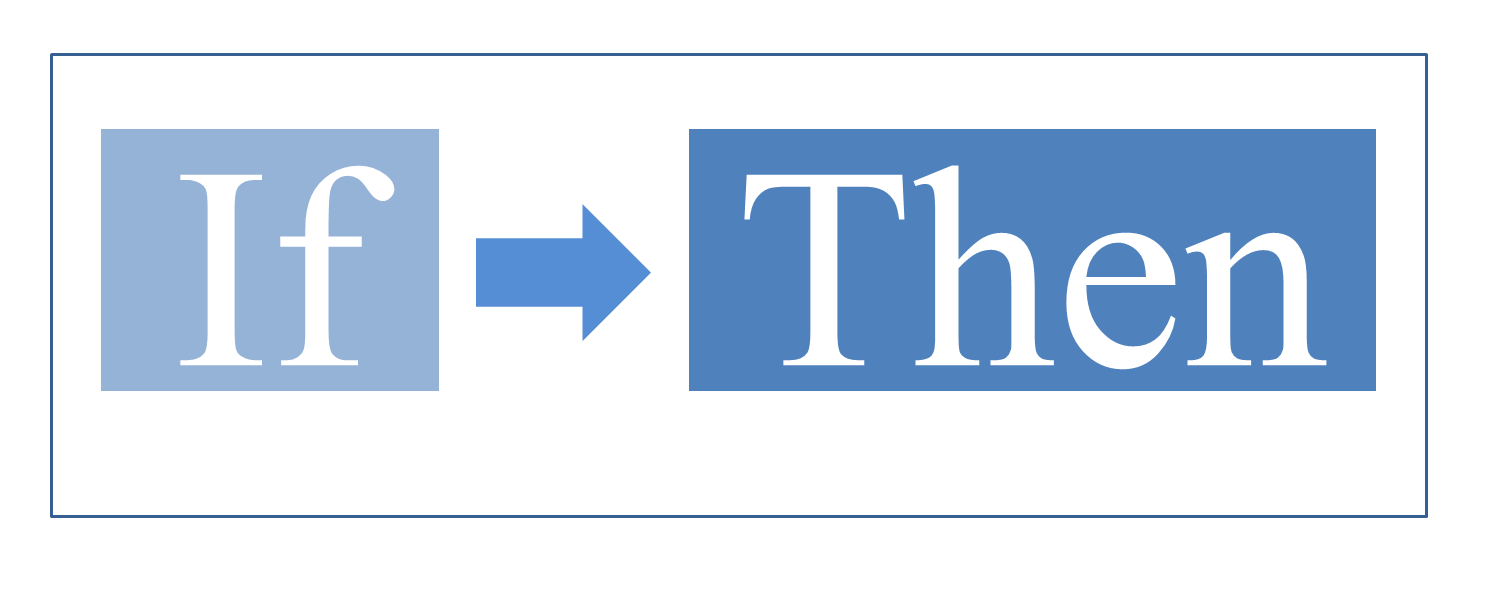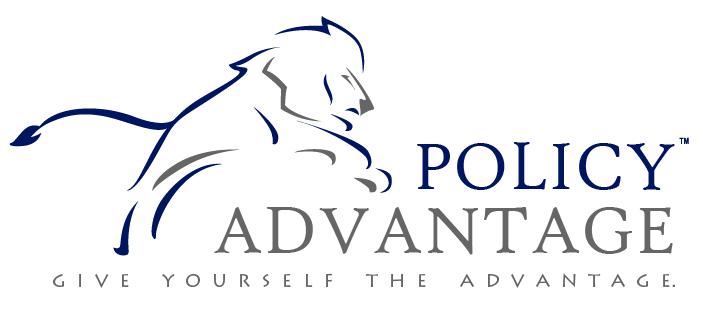Benefits Chalk Talk: Consumer Directed Healthcare
This is our first post in our series called “Benefits Chalk Talk.” Much like an after-practice or halftime chalk session in athletics, our goal is to help empower our clients to put all the many different benefits tools in play. And, much like you face different opponents in a sports contest (and strategies change over time)… our chalk sessions will provide relevant, up-to-date information that will help give you the advantage.
Today’s topic is “Consumer Directed Healthcare.” We selected this as our first concept for a number of different reasons:
- Consumer Directed Healthcare’s foundation rests upon individual choices, planning strategies, and knowledge.
- Consumer Directed Healthcare will be a concept of emphasis in the post-healthcare reform (Obamacare) environment.
- Consumer Directed Healthcare emphasizes the direct involvement of the consumer, encouraging people (and employers) to make sound, informed purchasing decisions (the idea is to make the whole system more efficient).
 So this leads us to our question: What exactly is consumer directed healthcare?
So this leads us to our question: What exactly is consumer directed healthcare?
Well… consumer directed healthcare has many different definitions. Sometimes it’s even referred to as consumer driven healthcare.
This is the definition we use at Policy Advantage Insurance Services:
Consumer directed healthcare is the idea that patients will behave as medical consumers. Patients will be the ones deciding how their healthcare dollars will be spent. Not doctors, employers, insurance companies, or the government.
Some definitions claim that consumer directed healthcare must be utilized with a high deductible health insurance plan (HDHP). We reject this definition, because we think that all tools and programs must be considered when someone is directing their own program (whether-or-not their strategy includes the use of a high deductible health insurance plan).
There are many things that go into consumer directing:
- Am I an individual or employer?
- What is my personal situation (family, hobbies, lifestyle, etc)?
- Should I utilize private or public options (or a combination of the two)?
- What type of heath insurance plan should I put in place?
- What are HSAs and HRAs?
- What do I need to know about dental, vision, and ancillary programs?
- What kinds of tax incentives are available to me?
- Plus others…
We’ll answer these kinds of questions in future blog posts. “Benefits Chalk Talk” will identify the different areas of healthcare benefits planning, and then inform the consumer on how to put them into play.
Thanks for stopping by, we hope you found our information valuable. Please feel free to follow us at our other outlets:
Twitter: www.twitter.com/policyadvantage
Facebook: PAIS Facebook Page
Google+: PAIS Google+ Page







 Adverse selection is the tendency for higher risks to seek more insurance coverage than lower risks.
Adverse selection is the tendency for higher risks to seek more insurance coverage than lower risks.